Indispensable For Experiments: Usage Areas and Purposes of the Beaker
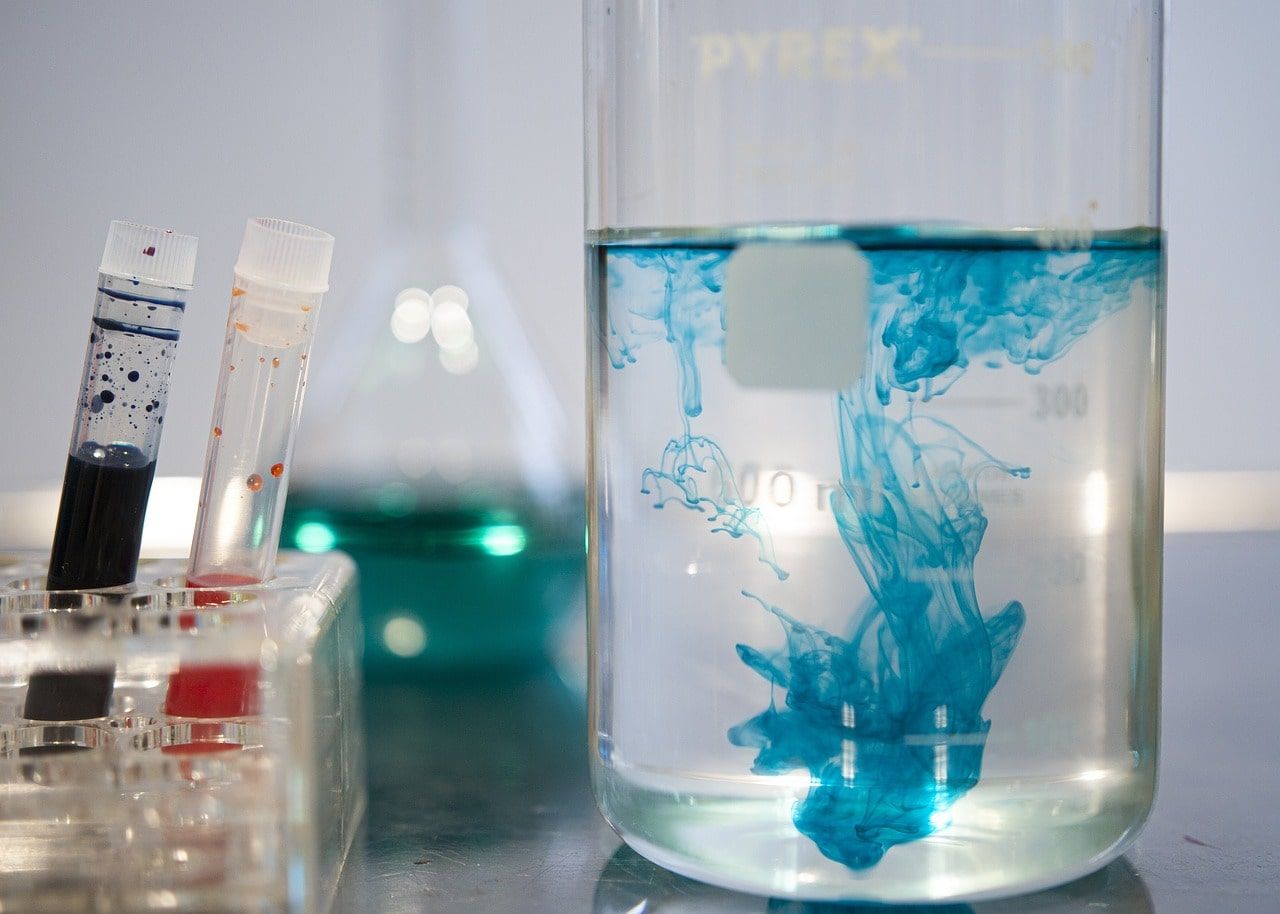
Beakers have a long history and are a crucial piece of kit that have been around for many thousands of years. Most popular models are low and tall forms. Short-form version was invented by John Joseph Griffin who began his career as a seller and publisher of chemical apparatus. Ones which are tall and narrow and are often called Berzelius beakers that are created by Jons Jacob Berzeliu, a scientist who is quite often considered to be one of the co-founders of modern chemistry.
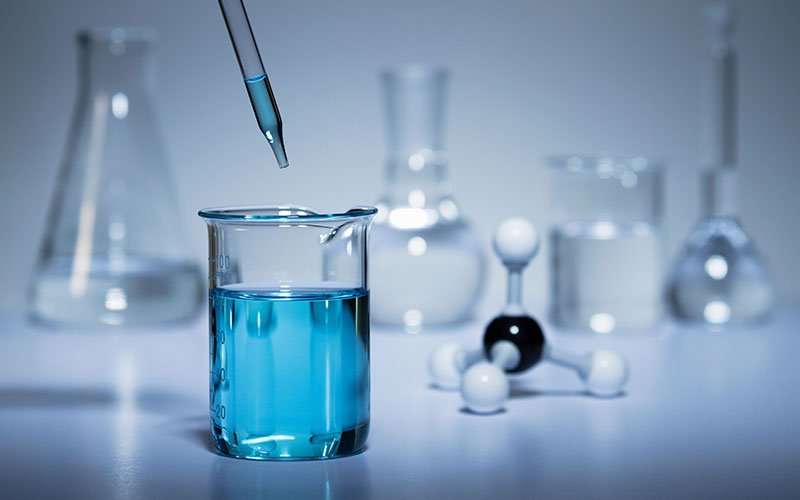
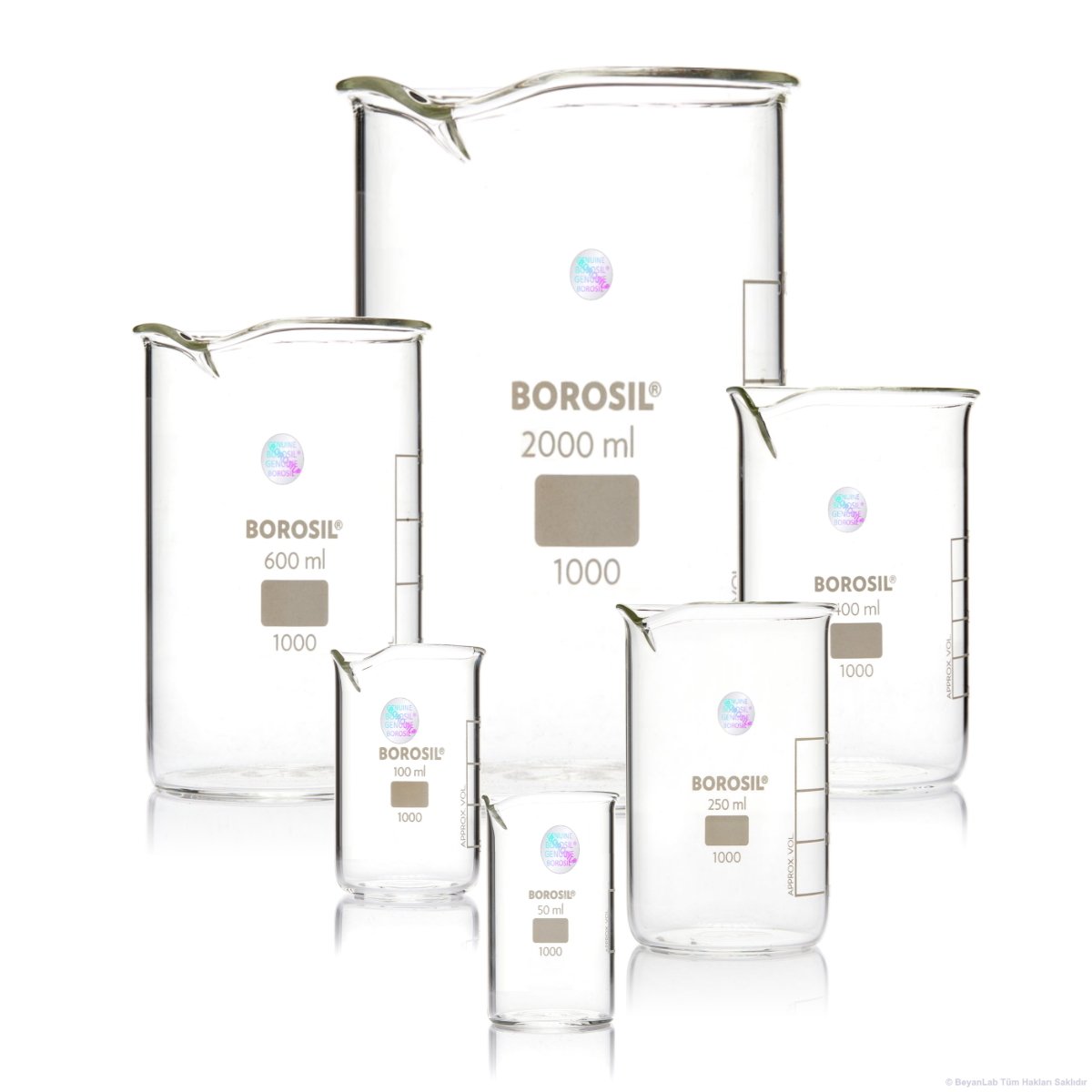
Lab beakers are cylindrical containers that made of glass, metal, ptfe or plastic and have with a flat bottom and a spout for easy pouring. The simplicity of their design makes them a versatile product for a wide range of applications in scientific experiments and therefore the most used product in laboratories.
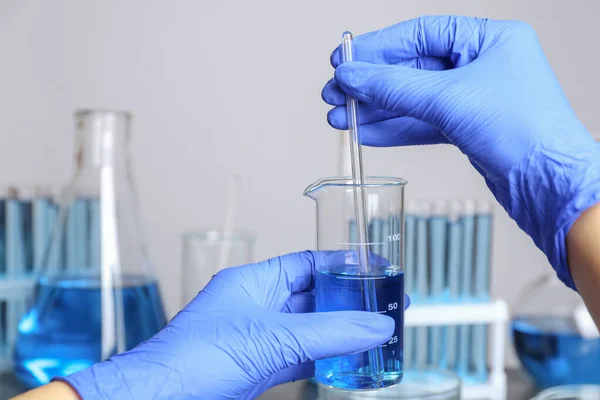
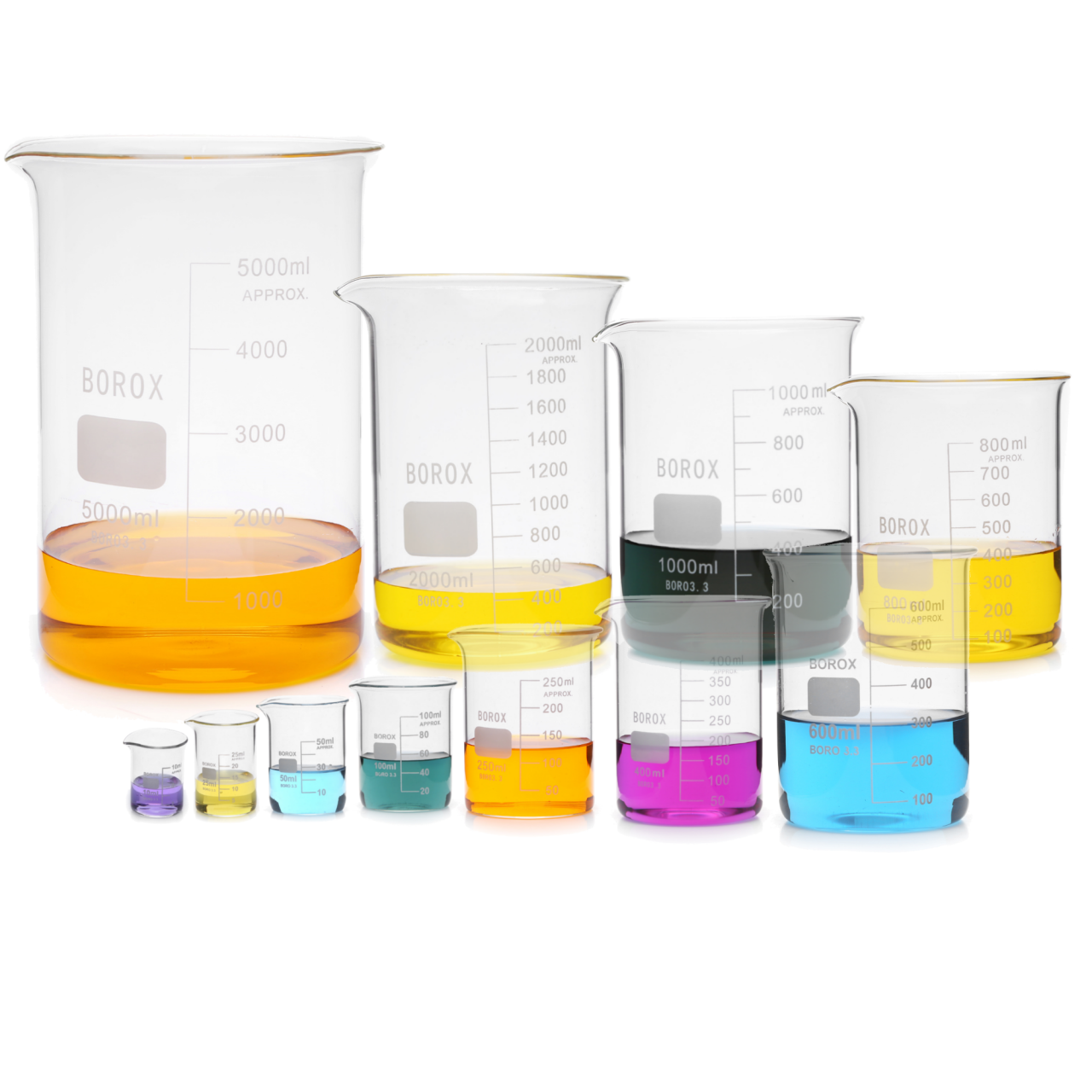
Uses of Beakers:
- Chemical Reactions: Beakers are used for mixing and reacting chemical substances. Heat-resistant glass beakers (e.g., borosilicate glass) are ideal for heating processes.
- Preparation of Solutions: Beakers are used for preparing, mixing, and diluting solutions. They are especially practical when preparing liquids in specific volumes.
- Heating: Beakers are used in water baths or for direct heating. Beakers made of heat-resistant glass are typically preferred for this purpose.
- Liquid Transfer: Beakers are used when transferring liquids from one container to another. Their wide mouth allows for easy pouring of liquids.
- Dissolving Solids: Beakers are also used for dissolving solid materials or preparing mixtures.
- Filtration: During filtration processes, liquids are collected in beakers. Filter paper or a funnel is often used during this procedure.
Purposes of Using Beakers:
- Volume Measurement: While not as precise as a measuring cylinder, beakers are used for roughly estimating the volume of liquids.
- Stirring and Shaking: Beakers are frequently used for mixing various substances and obtaining homogeneous solutions.
- Observation of Chemical Reactions: Beakers are also used to observe and control chemical reactions during experiments.
We offer a comprehensive range of products in a variety of sizes and materials to cater to your every experiment. Visit our website to discover our full range of products and embark on your scientific journey with confidence.
